Understanding H1–H5 Designations in Treated Timber
Introduction
Choosing the right preservative treatment for timber is essential to ensure longevity and performance in various environments—from dry indoor rooms to marine structures. The H1–H5 designations classify treated wood based on the level of exposure and decay risk, guiding builders and homeowners on which timber to use for specific applications. This post will explain each H-class, outline their common uses, and share best practices to guarantee you specify the correct treatment for your project.
What Are H-Classifications in Treated Timber?
H-classifications (also called hazard classes) indicate the amount and type of preservative used, tailored to how and where the timber will be exposed:
- H1: Protected interior, dry locations (insect protection only)
- H2: Interior areas with occasional moisture (insect and superficial fungal protection)
- H3: Exterior, above ground (outdoor decay and insect protection)
- H4: Permanent ground contact or freshwater exposure (high-retention protection)
- H5: Continuous submersion in marine or tidal waters (marine-grade protection)
Each class corresponds to specific environmental “hazards.” By matching your installation conditions to these classes, you prevent premature rot, termite damage, or marine borer attack.
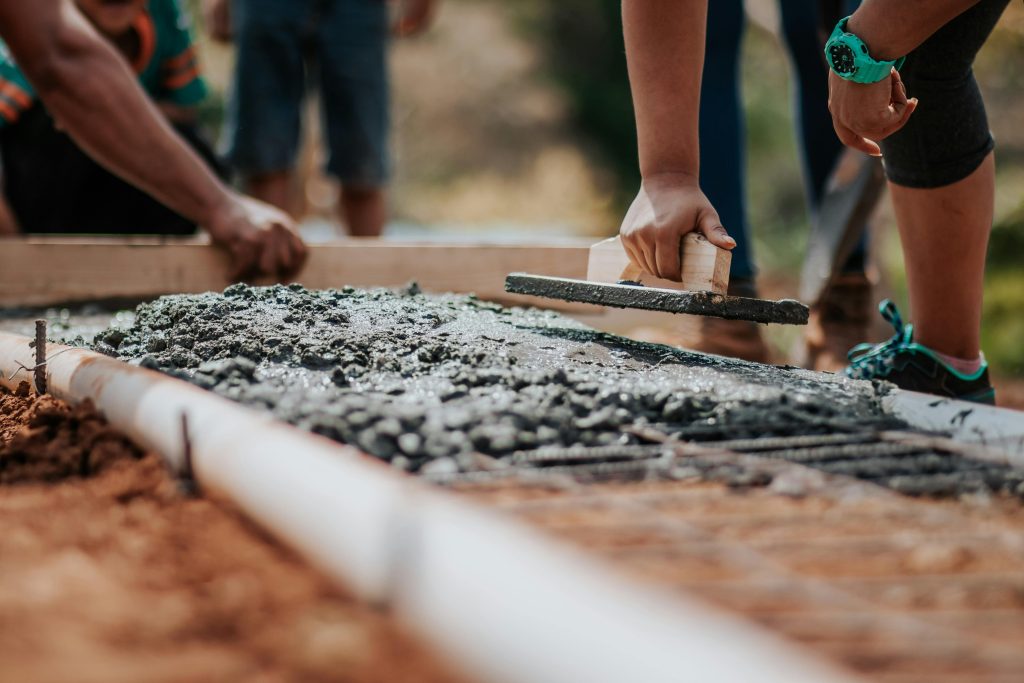
H1: Protected Interior (Dry Locations)
What H1 Means
- Environment: Completely dry indoor spaces (e.g., climate-controlled rooms, behind finished walls).
- Protection Level: Minimal—insecticide only. There is no engineered resistance to fungal decay.
Typical Uses
- Furniture frames and cabinets that never contact moisture.
- Interior mouldings, trim, or decorative joinery.
- Wooden shelving in climate-controlled closets.
Key Considerations
- No Rot Protection: If H1 timber ever gets wet or is used in high-humidity areas, there is a high risk of fungal decay.
- Cost-Effective: H1 is often the least expensive treatment, suitable only where decay isn’t a concern.
H2: Interior, Above Ground (Occasional Moisture)
What H2 Means
- Environment: Interior spaces where timber may experience occasional splashes or elevated humidity (e.g., bathrooms, laundries). Still, no direct soil or constant moisture contact.
- Protection Level: Guarded against both insects and superficial decay fungi.
Typical Uses
- Framing in bathrooms, kitchens, or laundry rooms where leaks or condensation can occur.
- Roof trusses or subfloor joists in well-ventilated attics or under-floor crawl spaces.
- Interior door frames or window sills in rooms prone to steam.
Key Considerations
- Not for Exterior: H2 is not designed for outdoor exposure. Despite resisting occasional dampness, it will fail if left in the open.
- Moisture Management: Proper ventilation minimizes reliance on the preservative—keep bathrooms and laundry areas well vented.
H3: Exterior, Above Ground (Weather-Exposed)
What H3 Means
- Environment: Outdoor locations, above ground, that receive rain, sun, and humidity but are well-drained. No direct soil contact.
- Protection Level: Sufficient to prevent rot and insect attack under typical weather cycles of wetting and drying.

Typical Uses
- Decking boards, handrails, pergolas, and gazebo posts (above ground).
- Exterior cladding, fascia boards, eaves, and bargeboards.
- Outdoor furniture that sits on patios or paved surfaces.
Key Considerations
- Avoid Ground Contact: Even H3 will eventually degrade if in contact with soil or standing water. For posts or landscaping, use H4.
- Periodic Inspection: Look for signs of cupping, splintering, or surface checks—H3 holds up well, but UV and moisture cycles can cause cosmetic wear.
H4: Ground Contact or Freshwater Exposure
What H4 Means
- Environment: Timber permanently touching soil or exposed to continuous freshwater (e.g., splashing).
- Protection Level: High-retention preservative concentration to combat decay fungi and subterranean termites.
Typical Uses
- Fence posts driven directly into the earth.
- Landscape timbers, retaining walls, and raised garden bed sleepers.
- Piles or supports in non-marine, freshwater environments (e.g., pond edges).
Key Considerations
- Higher Retention Rates: Meets standards for prolonged damp conditions. Verify the preservative type (often ACQ or copper azole) and retention level on the label.
- Proper Installation: Ensure drainage around posts to prevent water pooling, which can accelerate deterioration despite treatment.
H5: Marine or Tidal Submersion
What H5 Means
- Environment: Timber continuously submerged or subject to tidal fluctuations in saltwater.
- Protection Level: Very high retention, often with specialized preservatives (creosote or marine-grade copper formulas) to resist marine borers, shipworms, and fungal decay.

Typical Uses
- Wharf and jetty piles, seawall timbers, and marina docks.
- Structural members of boat ramps, jetties, or floating platforms.
- Pilings in saltwater marinas or estuaries.
Key Considerations
- Marine-Grade Preservatives: Creosote remains common, but environmental regulations may require newer copper-based treatments labeled specifically for H5.
- Regular Inspections: Ongoing marine borer pressure can still occur; inspect pilings annually for surface damage, marine worm tracks, or softening at waterline.
Best Practices and Pitfalls to Avoid
- Match Environment to H-Class
- If you’re unsure whether to use H3 or H4 for a post near the ground, default to H4. Underspecifying can lead to rapid decay.
- Verify True Retention Levels
- Simply asking for “H4 ACQ” isn’t enough—check that the supplier’s retention rate meets local standards (e.g., AS/NZS 1604 or AWPA Gillingham guidelines).
- Store and Handle Properly
- Keep treated timber off bare ground and out of direct rain before installation. Cover stacks to minimize preservative wash-out.
- Use KDAT (Kiln Dried After Treatment) for Interior H2
- KDAT ensures moisture content is low, reducing shrinkage, warping, or twist when installed in finished indoor areas.
- Cut and Drill Safely
- Preservative chemicals can irritate skin and lungs. Always wear a dust mask, safety glasses, and gloves when machining treated wood.
- Schedule Regular Inspections
- Even H5 marine piles should be inspected for marine borer damage every 12 months. In-ground H4 posts warrant a check for rot or termite entry at the soil line.
Conclusion
The H1–H5 designations provide a straightforward way to choose the correct preservative treatment for your timber, ensuring durability and structural integrity in its intended environment:
- H1: Dry, protected interior—minimal insecticide only.
- H2: Interior with occasional moisture—guards against fungi and insects.
- H3: Exterior above ground—resists weathering and decay.
- H4: Ground contact or freshwater—high-retention protection from rot and termites.
- H5: Marine or tidal submersion—marine-grade defense against borers and saltwater decay.
By aligning your project’s exposure conditions with these hazard classes—and verifying preservative retention levels—you’ll maximize the lifespan of your timber structures and avoid costly failures. Always consult local building codes for any regional variations in H-class requirements, and remember to handle and install treated wood safely for best results.
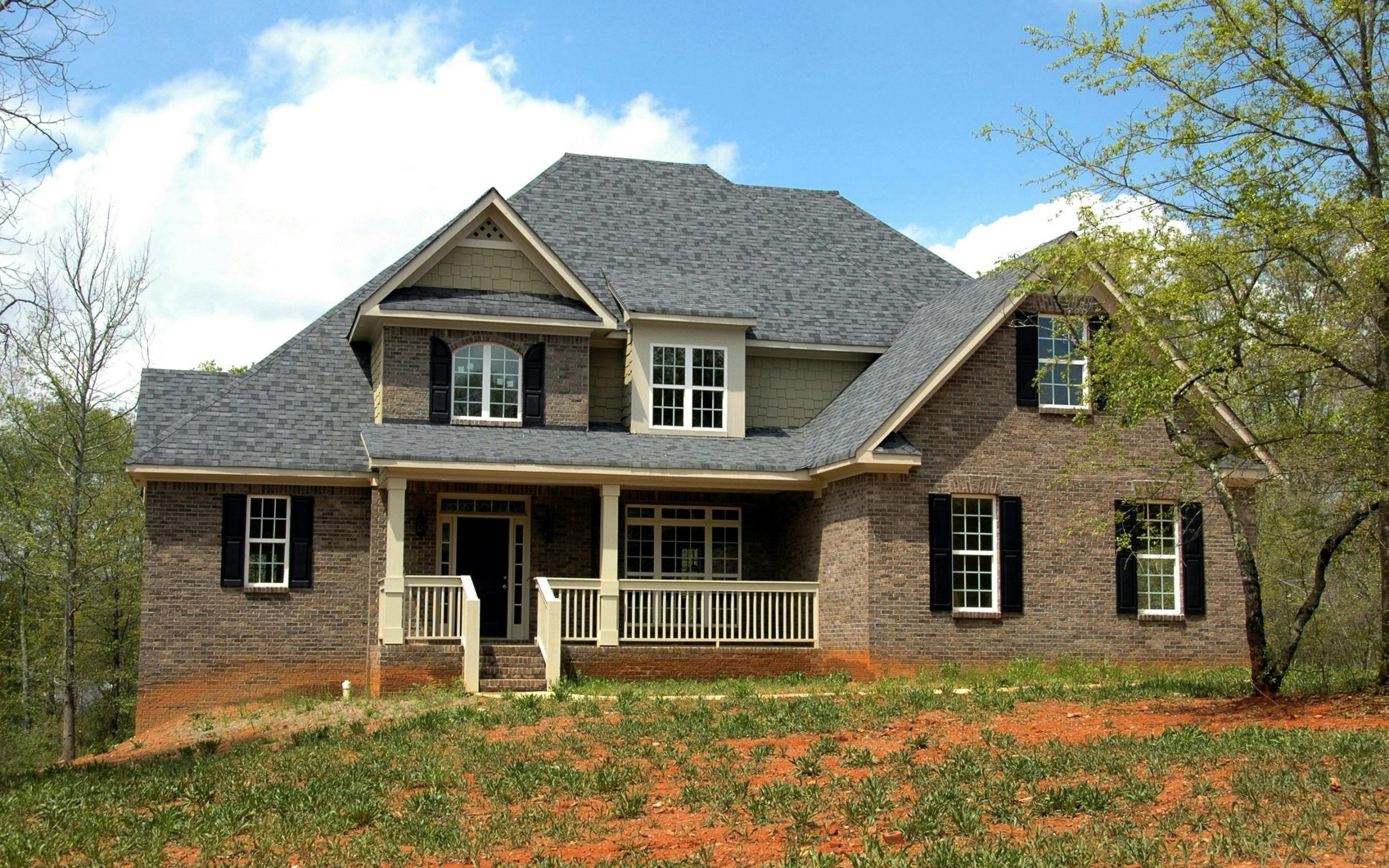

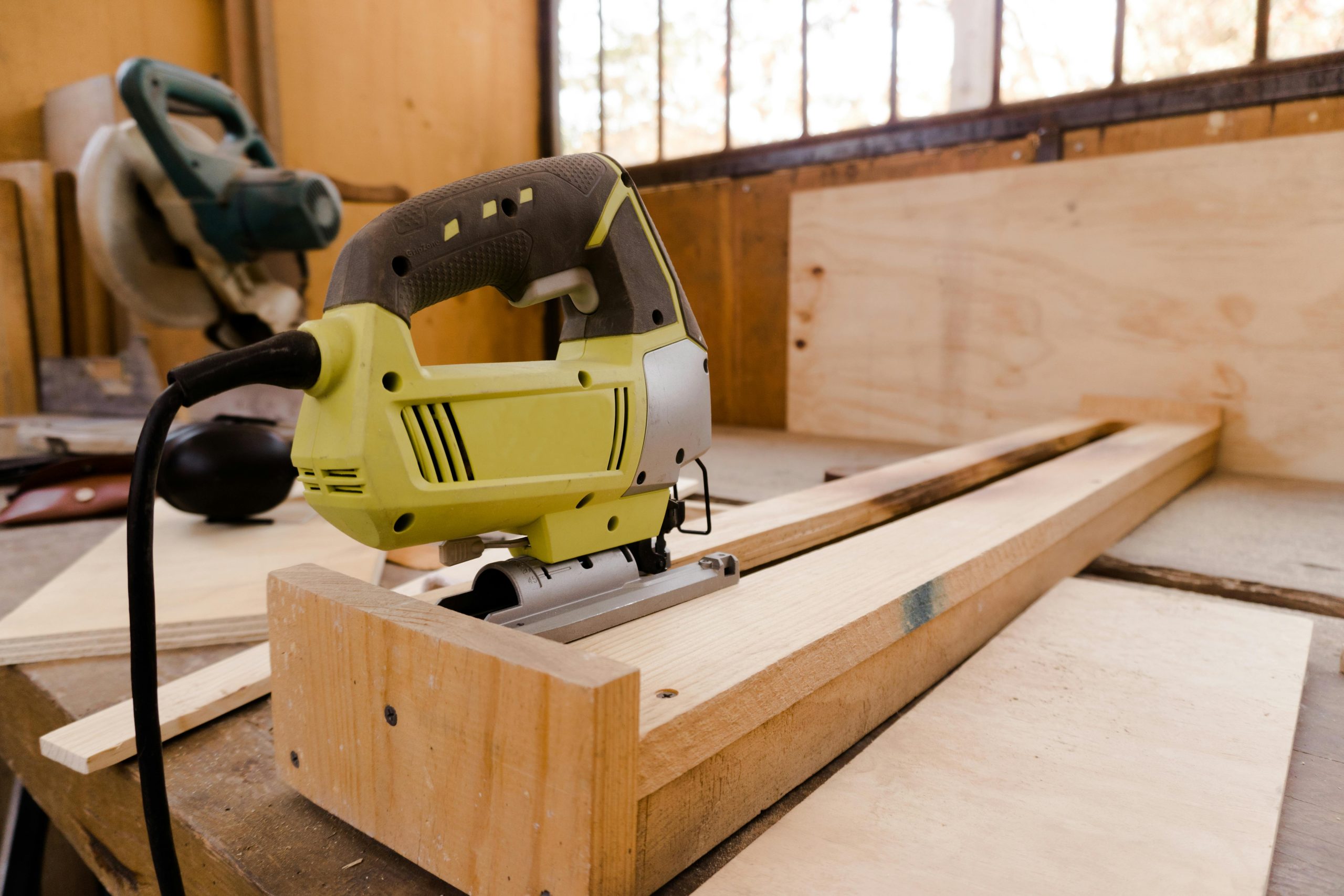
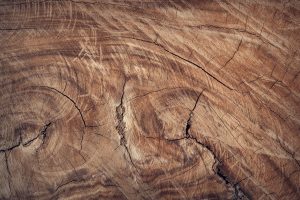

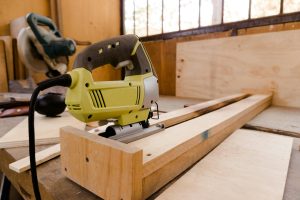

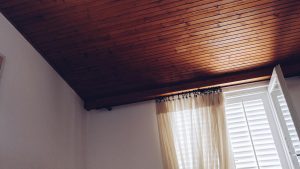



Post Comment